In the modern manufacturing world, efficiency, precision, and scalability are key. Brass wire drawing machines have played a pivotal role in transforming industries that rely on high-quality brass wire for their products. From electronics to construction, automotive, and telecommunications, these machines have reshaped how brass wire is produced, offering innovations that improve productivity and product quality.
The Role of Brass Wire Drawing Machines
Brass wire drawing machines are designed to reduce the diameter of brass wire by pulling it through a series of dies, elongating and shaping the wire to the desired specifications. This process is not just about reducing the wire's thickness; it's about creating high-quality, uniform brass wire with precise tensile strength, surface finish, and flexibility.
Key Benefits of Brass Wire Drawing Machines
Enhanced Precision and Quality Control
Brass wire drawing machines are equipped with advanced technology that allows for precise control over the drawing process. The ability to maintain consistent tension and temperature ensures that the wire produced is of the highest quality, meeting strict industrial standards. Whether the wire is intended for fine electronics or heavy-duty industrial use, these machines provide unmatched uniformity and performance.
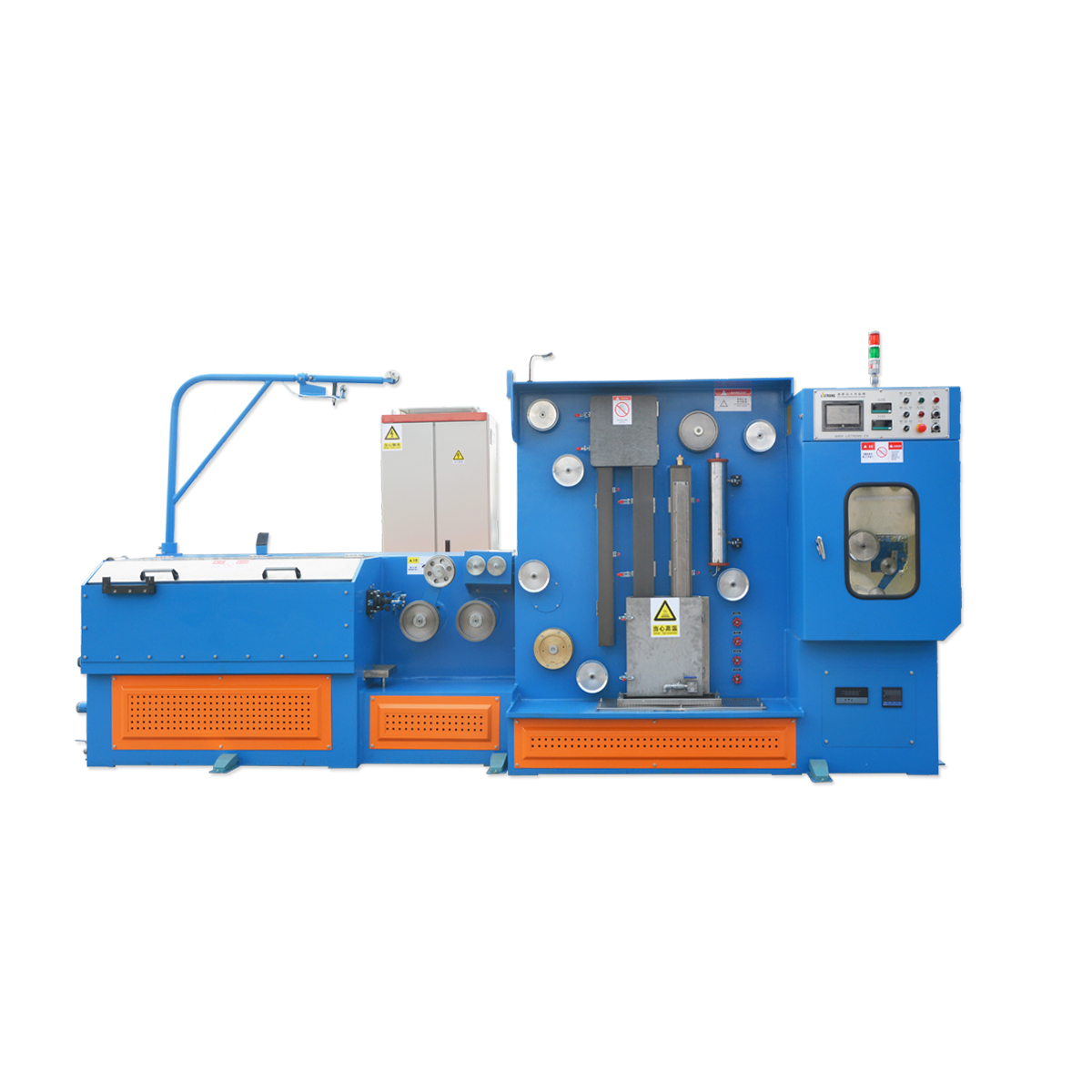
Increased Production Speed and Efficiency
With modern automation, brass wire drawing machines can operate continuously, reducing downtime and increasing throughput. Automated systems control the speed, tension, and drawing process, enabling high-volume production without sacrificing quality. This increase in production speed helps manufacturers meet growing demands while optimizing their labor costs.
Customization for Various Applications
Brass wire is used in a wide range of industries, each with its own specific requirements. Drawing machines can be customized to produce wire in various thicknesses, lengths, and grades, making them versatile for multiple applications. Whether you're making electrical wires, decorative items, or connectors, the flexibility of these machines allows manufacturers to meet diverse customer needs.
Cost-Effectiveness
While the initial investment in a high-quality brass wire drawing machine may seem significant, the long-term savings are substantial. These machines reduce material waste, improve energy efficiency, and minimize labor costs. By optimizing the production process, manufacturers can significantly cut down on operational expenses.
Sustainability
Today’s wire drawing machines are built with energy efficiency in mind. Many are designed to use less power while maintaining high output. Additionally, the reduction of waste during production means fewer raw materials are needed, contributing to a more sustainable manufacturing process.
Innovation in Design and Technology
The evolution of brass wire drawing machines has also brought about innovations such as integrated cooling systems, advanced lubrication, and automated inspection mechanisms. These technologies ensure that the process remains smooth and trouble-free, enhancing overall machine reliability and reducing the frequency of maintenance.
The Future of Brass Wire Drawing Machines
As manufacturing continues to embrace Industry 4.0, the future of brass wire drawing machines looks even more promising. With the integration of artificial intelligence (AI), machine learning, and Internet of Things (IoT) technology, future machines will become even smarter, offering predictive maintenance, real-time quality control, and remote monitoring. These advancements will further streamline the manufacturing process, enhancing product consistency and overall operational efficiency.
Conclusion
Brass wire drawing machines have fundamentally changed the way industries approach wire production. By offering improved precision, efficiency, and versatility, these machines have revolutionized manufacturing processes across various sectors. As technology continues to evolve, we can expect even greater advancements, making these machines indispensable for the modern factory floor




 中文简体
中文简体 русский
русский Español
Español عربى
عربى

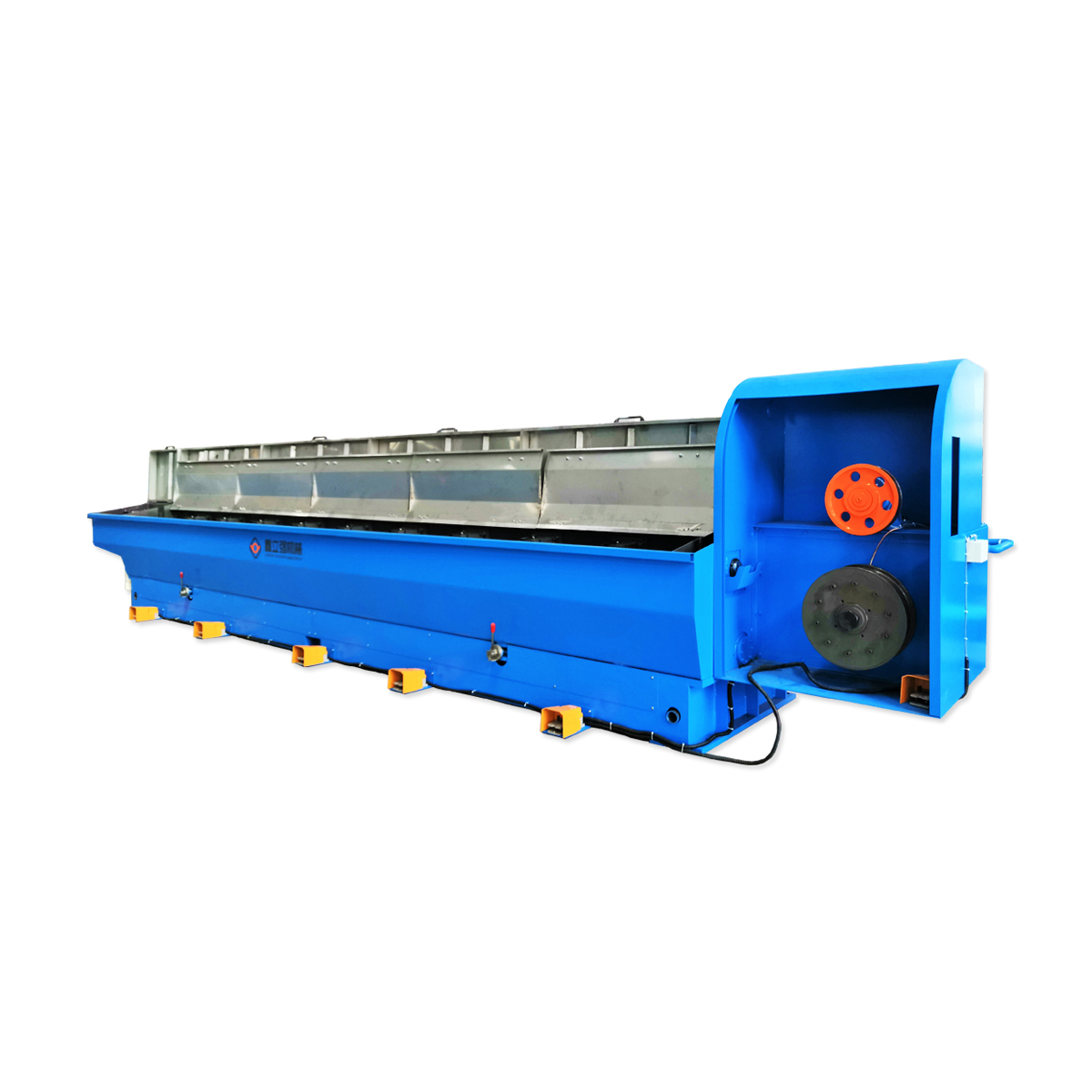
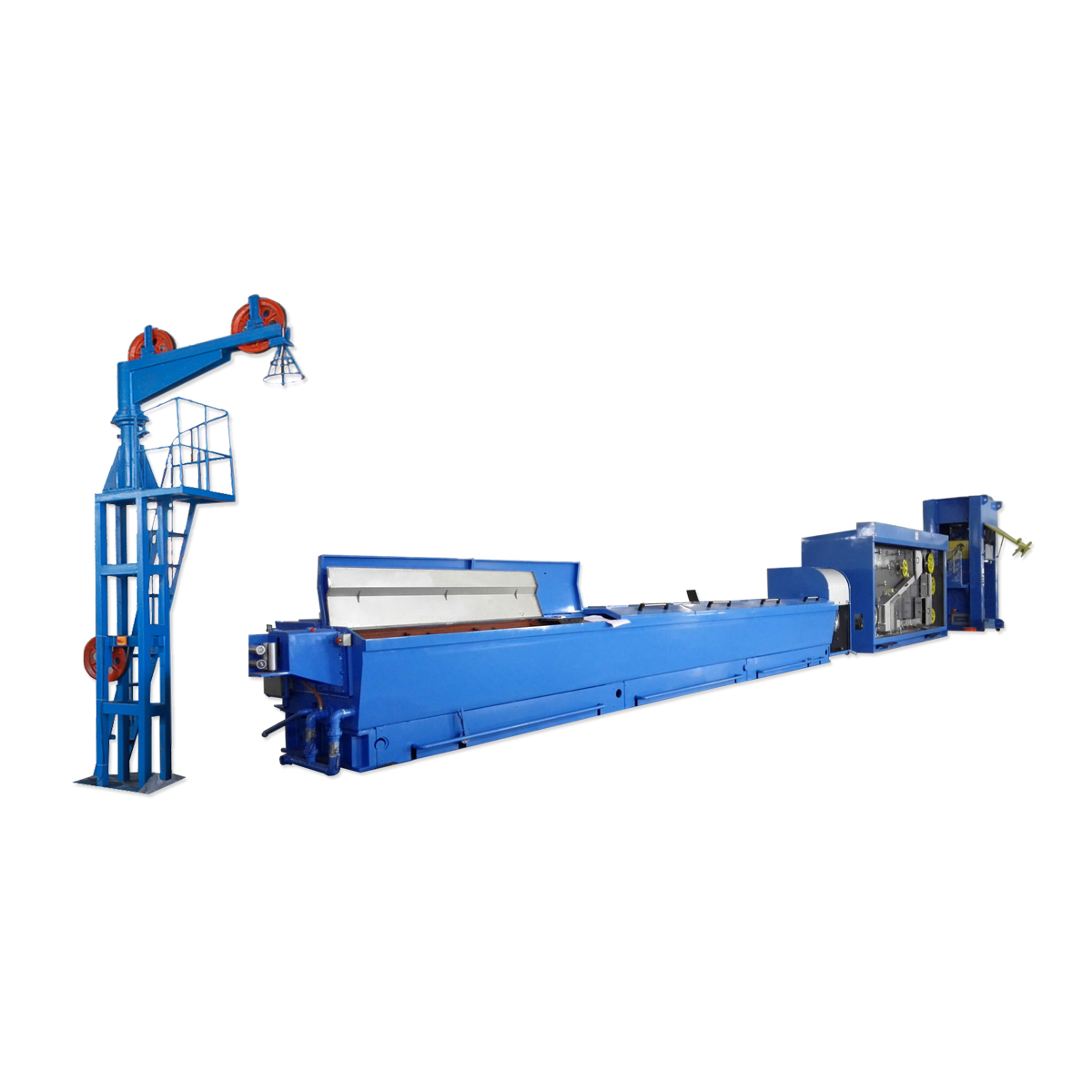
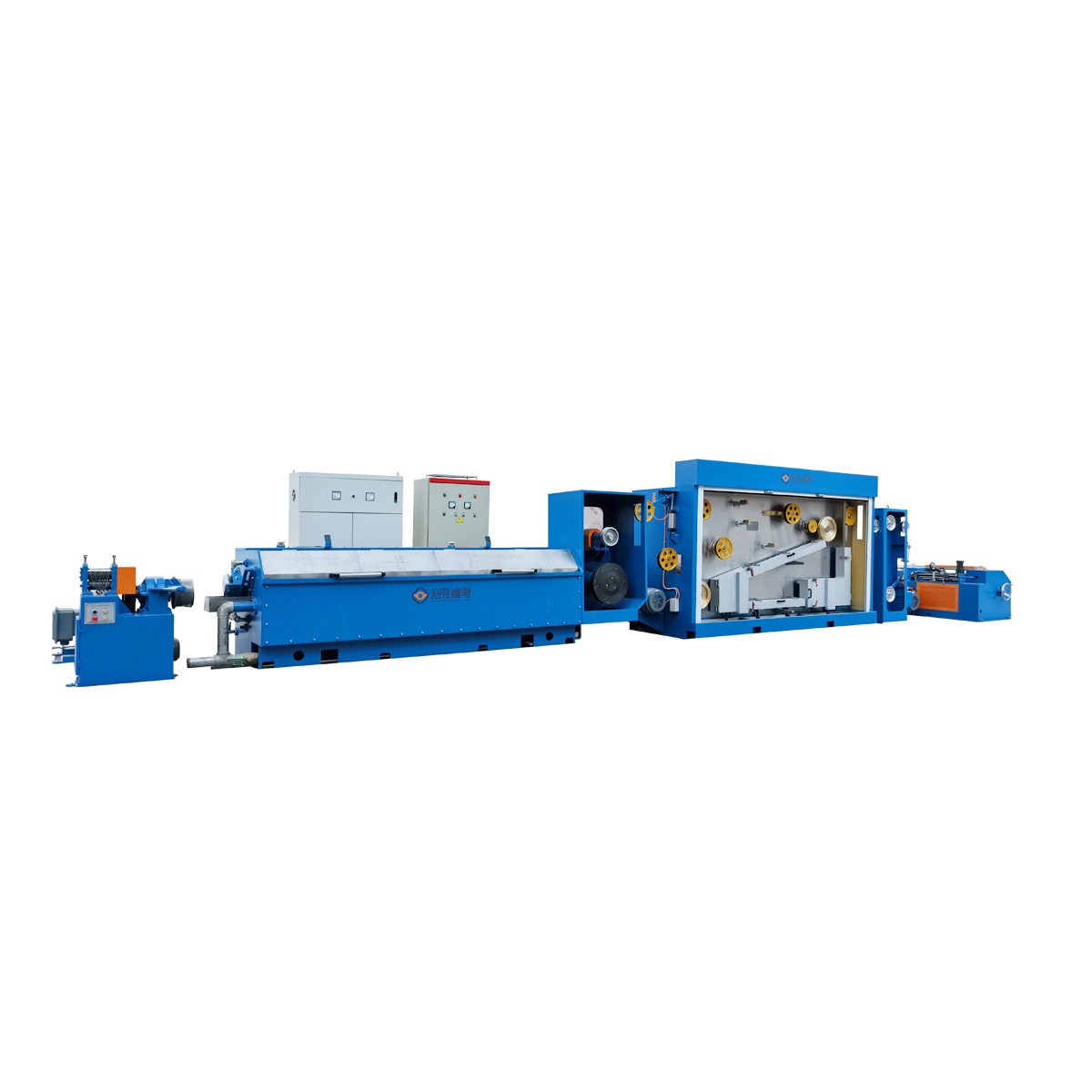
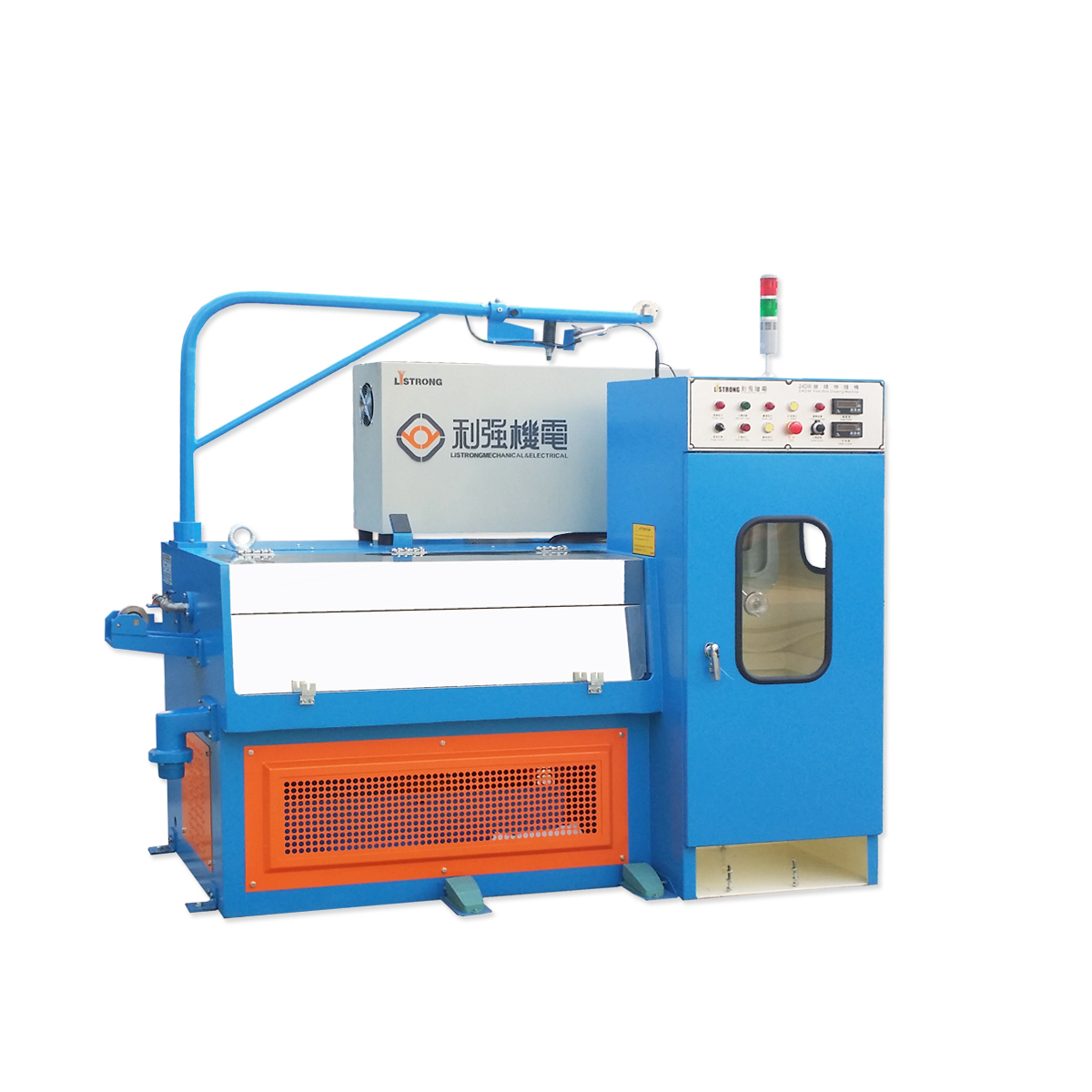
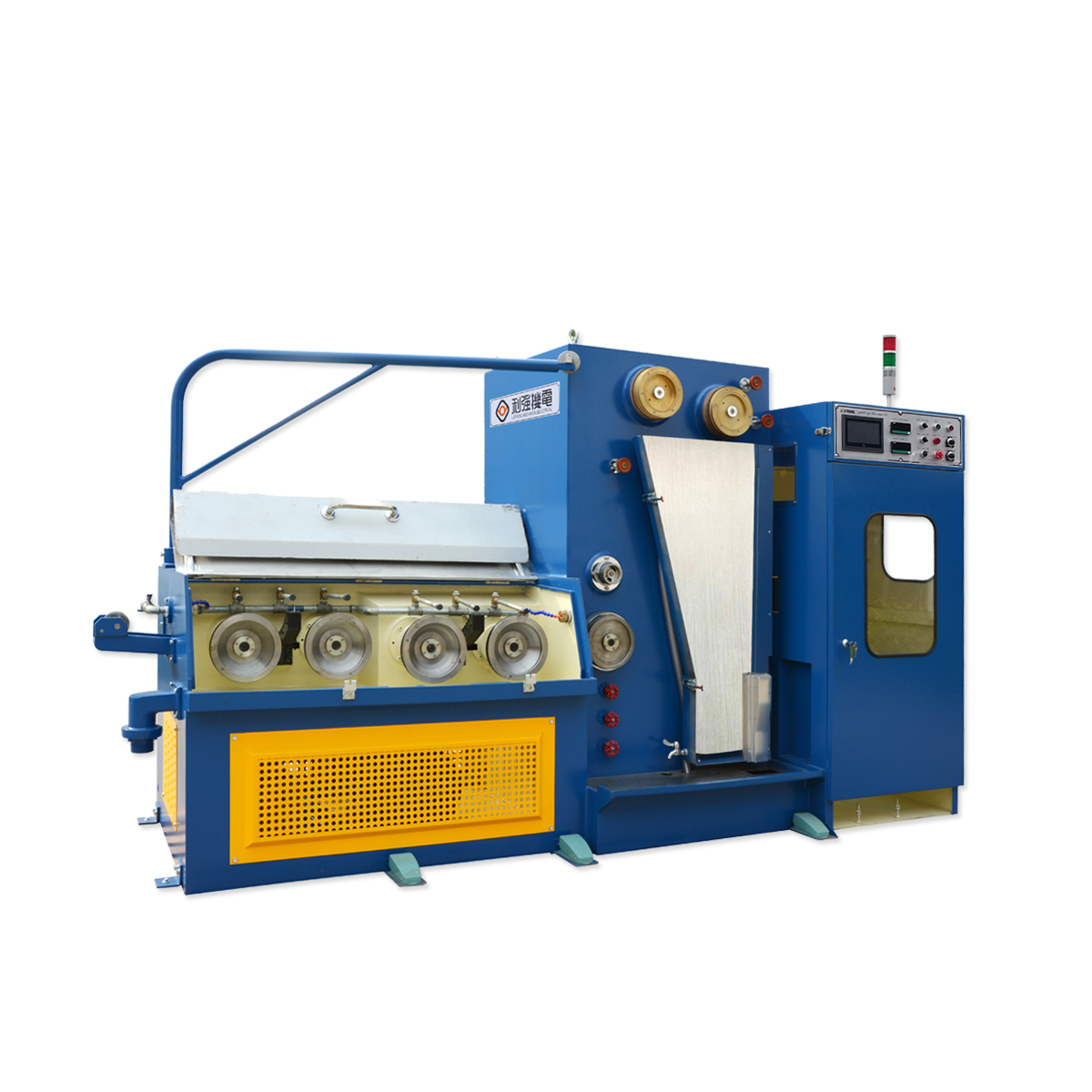
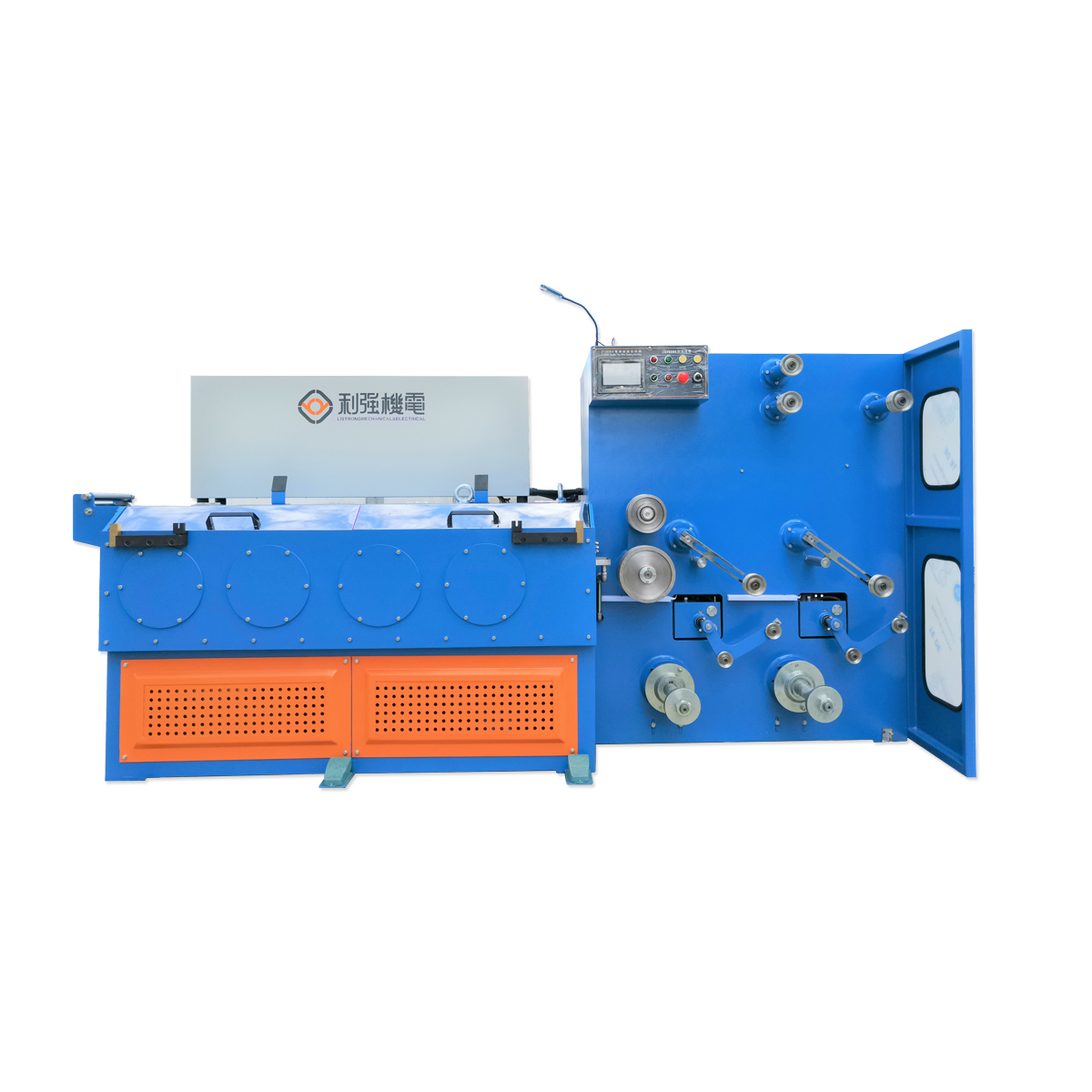

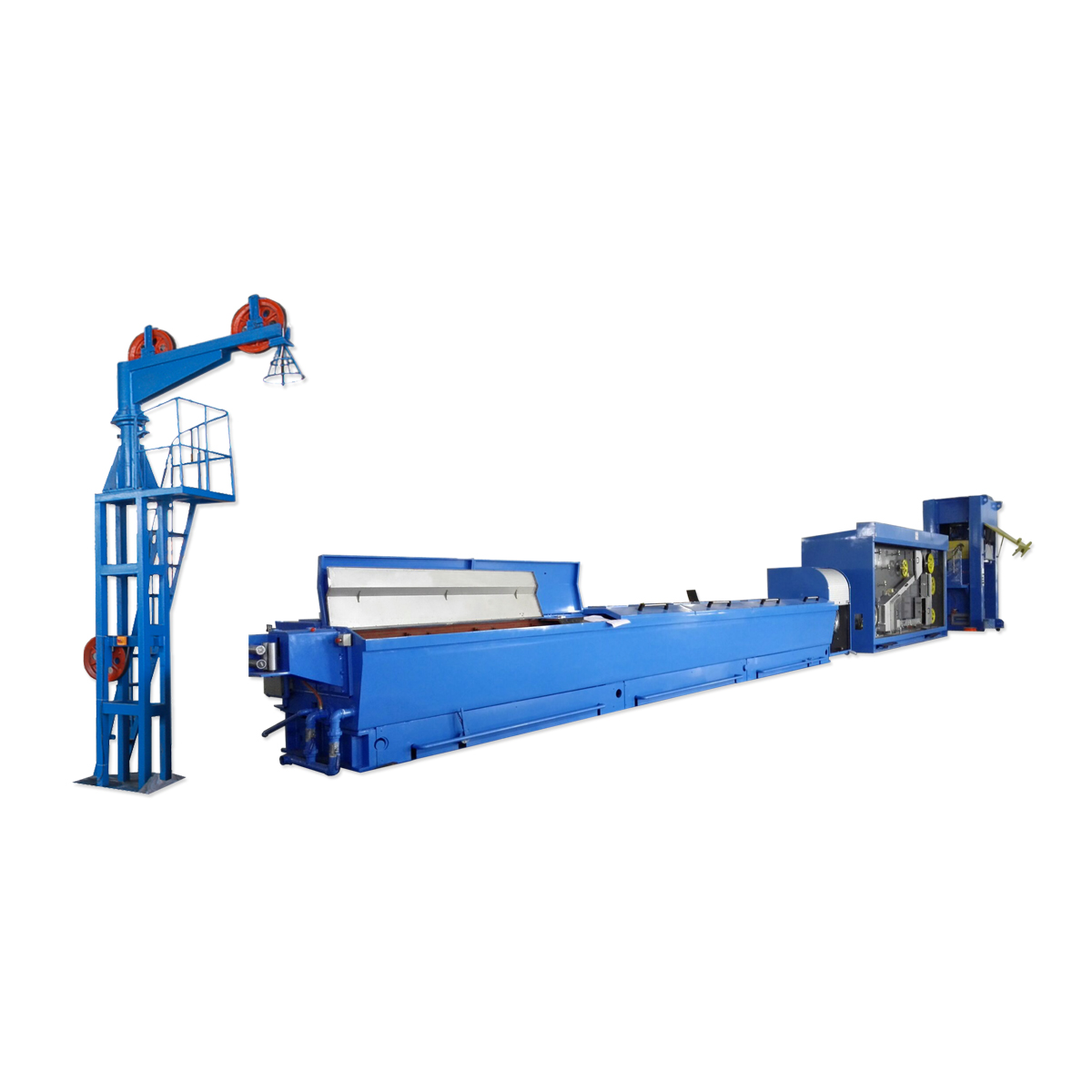
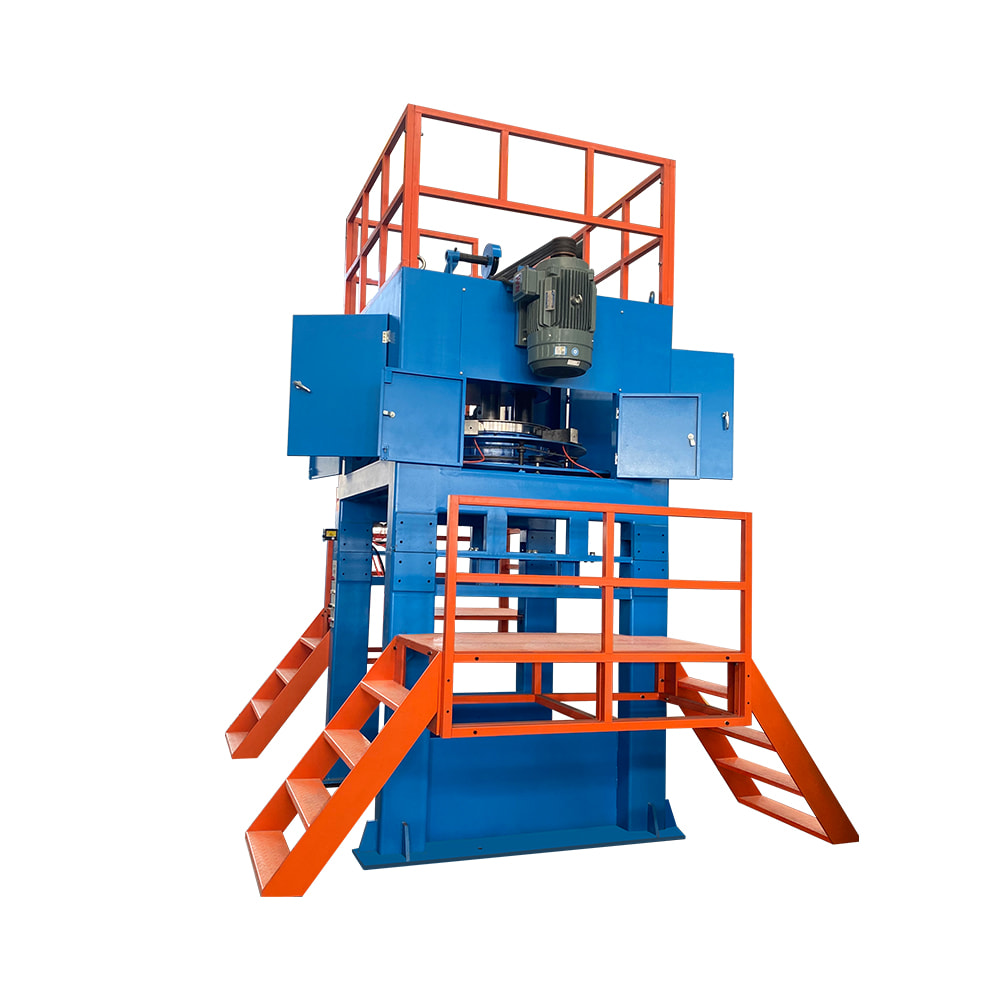
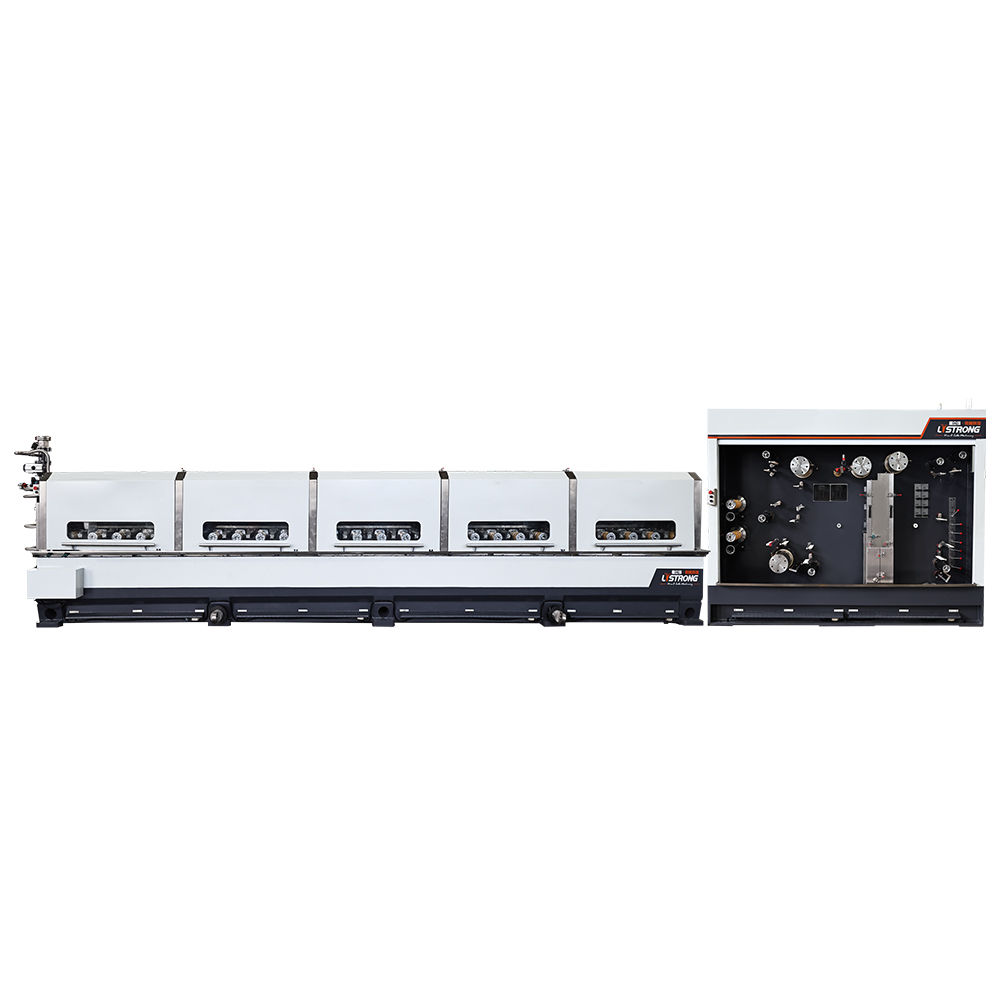



Contact Us